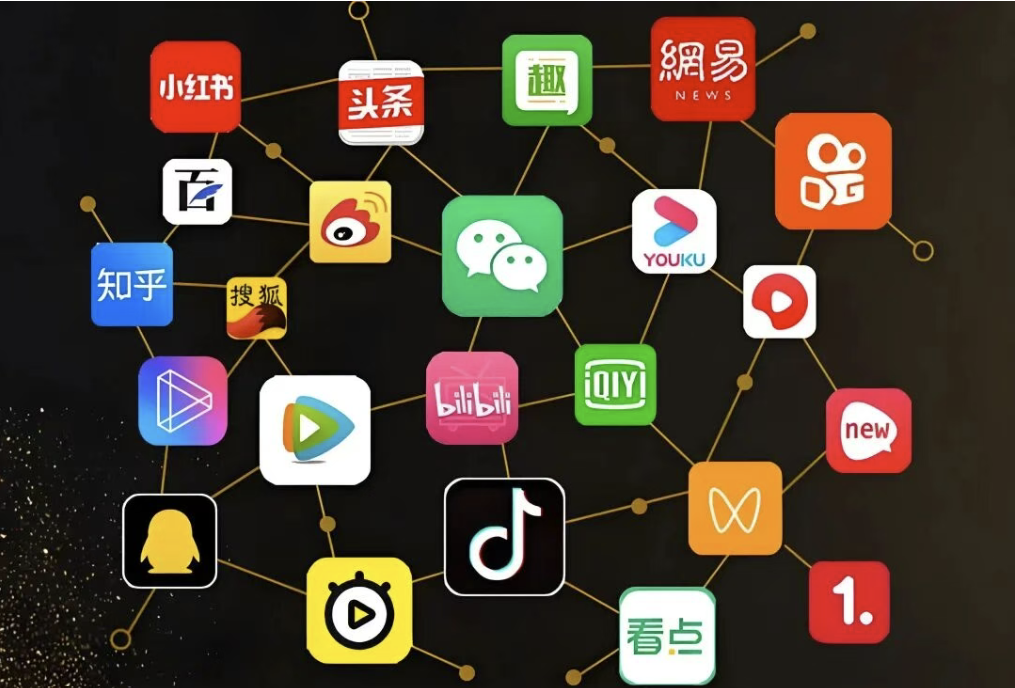China Pushes Big State Companies to Leave Overcrowded Beijing
Beijing may be pulling in the welcome mat for many of the country’s biggest state-owned companies, including some that have had their headquarters in the capital for decades, setting off a scramble among other cities competing to lure them away.
The plan — part of President Xi Jinping’s blueprint to reinvigorate the economy — aims to move the main offices of state firms that have no core business in Beijing, according to two people familiar with the discussions. The relocations would help reduce traffic congestion, pollution and overcrowding in the capital as well as reinvigorate other first- and second-tier cities on the receiving end, such as Shenzhen, Tianjin, Wuhan and others, according to the people who asked not to be identified because the discussions were private.
“Every Chinese city wants to have SOE headquarters to boost the local economy,” said Wang Yukai, a professor at the Chinese Academy of Governance, a state-run research institution. “The impact of having a locally based state-run firm is considerable for the local development, as it will bring extra tax revenue, make more jobs available and be good branding for the city.”
Many details of the plan remain unclear, including the timeline for any moves and how many companies might have to relocate. Beijing is home to more than 80 of the top 106 state-owned enterprises that fall under the State-Owned Assets Supervision and Administration Commission, or SASAC. Many set up bases near the center of Chinese political power by default as they were hived off from state agencies during earlier waves of market-based industrial reforms, including the creation of SASAC in 2003.
Attractive Packages
Other cities aren’t waiting for final plans to be announced. Just days ahead of the national parliament meetings that started March 5, several officials from Shenzhen entered the distinctive headquarters of China National Offshore Oil Corporation (CNOOC) in a bid to sway the country’s third-biggest oil company to relocate to the southern city.
The Shenzhen delegation led by Executive Deputy Mayor Zhang Hu offered CNOOC President Liu Jian a package including parcels of land and programs to make it easier for employees to relocate, according to one of the people familiar with the talks. Tianjin — another first-tier city, along with Beijing, Guangzhou and Shanghai — has also offered a full package of preferential policies to CNOOC, according to two other people with knowledge of those discussions.
One senior manager said in a meeting that CNOOC wouldn’t move unless so ordered by the central government, according to the people. The manager added that the company had better consider options in case a move becomes inevitable, they said.
Forced Relocations
China Three Gorges Corporation, China Electronics Corporation, China Nuclear Engineering Group are among other state firms that are in talks with local governments vying to lure the state-owned giants, according to the people.
Neither CNOOC nor the other three companies responded to requests for comment on the discussions. SASAC and the governments of Beijing, Shenzhen and Tianjin didn’t respond to faxed requests for comment.
If carried out on a broad scale, the plan could represent the most ambitious corporate relocation effort ever attempted by China’s communist leaders. The push followspledges by Mayor Wang Anshun to clear Beijing’s dirty air and cap its ballooning population at 23 million by the end of the decade. The municipality had 21.7 million people last year, ranking it among the world’s most-populous cities by any measure.
Dirty Industries
Ahead of the 2008 Beijing Olympic Games, some heavily polluting industries were directed to move out of Beijing. Then, Shougang Corp. relocated iron-and-steel production to the Caofeidian area of neighboring Hebei province. Last year, Beijing’s municipal government announced it would relocate some government offices to Tongzhou district to the east.
This time, faced with a slowing economy and uneven regional development, China’s leaders are studying ways to spur overall growth while shifting stimulus from the top cities, generally in the east, to other regions further inland.
“Most SOEs were spun out of ministries over the last 20 years or so,” said Nicholas Lardy, a senior fellow at the Peterson Institute for International Economics. “The ministries were all in Beijing. New staff of the SOEs had been ministerial staff, none of whom wanted to leave Beijing. So lots of SOE headquarters are there.”
Suitor Cities
Some state-owned companies may be reluctant to leave Beijing, where executives can more easily influence policy makers who set rules that affect how the firms make profits. It’s also home to foreign and domestic-funded financial institutions and all government agencies.
Potential suitor cities have begun sending teams of delegates to the capital in hopes of attracting the state companies, and a few have even included the strategies in their work plans this year.
Shenzhen has prepared a fund of 10 billion yuan ($1.5 billion) this year to “push forward the relocation of the headquarters of the major SOEs,” according to the annual budget report. The work plan of Tianjin — a port city about 120 kilometers (75 miles) southeastof Beijing — states it aims to “transfer the resources from the capital, to favorably attract the headquarters of SOEs and major sectors.”
Mar. 28, 2016 on Bloomberg
Read more here








